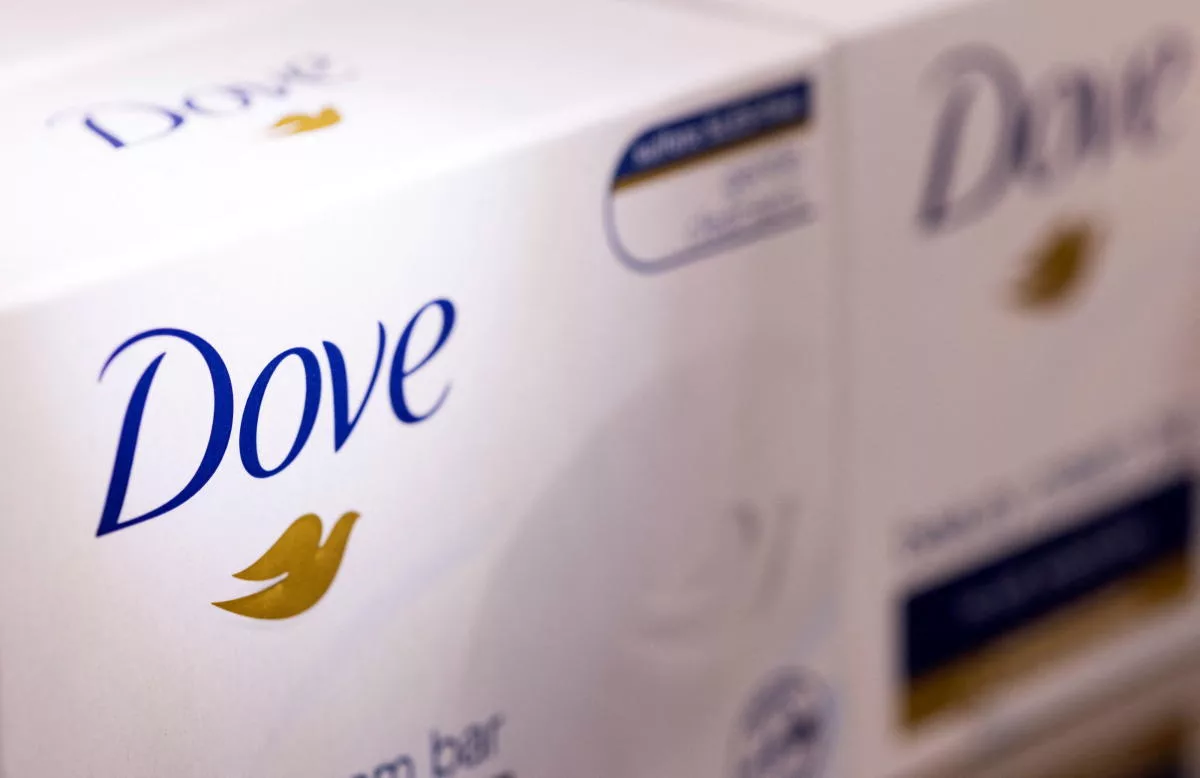Unilever (ULVR.L), the company that makes Ben & Jerry’s ice cream and Dove detergent, shattered quarterly sales projections on Thursday as yet another significant price increase resulted in only a slight decline in volume, driving its shares up over 2% in early trade.
However, the 10.7% price increase was less than in recent quarters, adding to indications that inflationary pressures may be receding as material costs decreased.
As they struggle with rising expenses for everything from sunflower oil and transportation to packaging and grain, packaged products firms have been raising prices.
Although consumers have so far adapted to the cost-of-living crunch better than many experts had anticipated, others warn that businesses may eventually experience margin erosion if consumers begin to move to less expensive brands in bigger numbers.
According to a company-provided consensus, Unilever reported underlying first-quarter sales growth of 10.5% to 14.8 billion euros ($16.4 billion), exceeding analysts’ average forecast of a 7.2% gain.
Along with a 0.2% decline in volumes, prices rose by 10.7%. While the reduction in volumes was better than the 3.6% dip projected at that time, price increase was slower than the previous two quarters and down from the record 13.3% reported in February.
As a result, the very tiny decline was welcome, according to Neil Denman, a fund manager at Sarasin & Partners. “The expectation was that volumes were going to be down about 4% so that very slight decrease was very nice to see,” he said.
In the future, according to Unilever’s finance chief Graeme Pitkethly, “we think it (price hikes) will step down from there… it will start to taper off over the quarters,” adding that the group’s various divisions would relax price hikes at various rates.
“Beauty, wellness, and personal care are all experiencing much lower inflation, which explains the lower rates of pricing. Homecare is a bit of a mixed bag given the emerging market footprint and currency assessments.”

